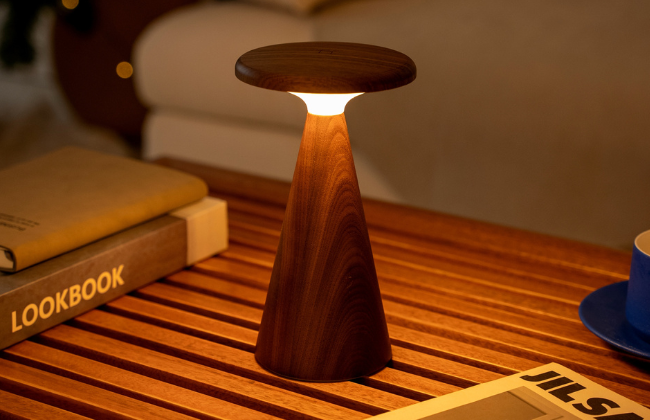Pouring Bowl Ribbon
£55.00
Regular price £33.00Benefield Spencer Glass is made by hand, without moulds or machinery, using traditional offhand glassblowing techniques. This means that the completed vessel was formed entirely at temperatures exceeding 700C, it was given its shape, made to a specific height, and decorated in a temperature range where glass is still moving and can be affected by gravity, centrifugal force and hand tools.
There are slight variations between pieces as a result of its handmade nature. Tool marks near the lip of pieces may be visible, or the decorative line work may not be perfectly vertical, these slight imperfections, along with the punty mark on the bottom of each piece, are indicative of handblown glass and make each piece distinctive.
The white stripes of varying widths and patterns form a body of the vessel as each line was once a separate piece of glass that was joined with other pieces and fused together to form a continuous surface. This means that the patterns “follow” the glass as it is blown and stretched and reflect something of the hot glass process.
This technique of embedding patterns directly into the glass was invented by Venetian glassblowers on the island of Murano in the early 16th century.
Made in Northern Ireland by Scott Benefield and Nicola Spencer.
£55.00
Regular price £33.00Benefield Spencer Glass is made by hand, without moulds or machinery, using traditional offhand glassblowing techniques. This means that the completed vessel was formed entirely at temperatures exceeding 700C, it was given its shape, made to a specific height, and decorated in a temperature range where glass is still moving and can be affected by gravity, centrifugal force and hand tools.
There are slight variations between pieces as a result of its handmade nature. Tool marks near the lip of pieces may be visible, or the decorative line work may not be perfectly vertical, these slight imperfections, along with the punty mark on the bottom of each piece, are indicative of handblown glass and make each piece distinctive.
The white stripes of varying widths and patterns form a body of the vessel as each line was once a separate piece of glass that was joined with other pieces and fused together to form a continuous surface. This means that the patterns “follow” the glass as it is blown and stretched and reflect something of the hot glass process.
This technique of embedding patterns directly into the glass was invented by Venetian glassblowers on the island of Murano in the early 16th century.
Made in Northern Ireland by Scott Benefield and Nicola Spencer.













